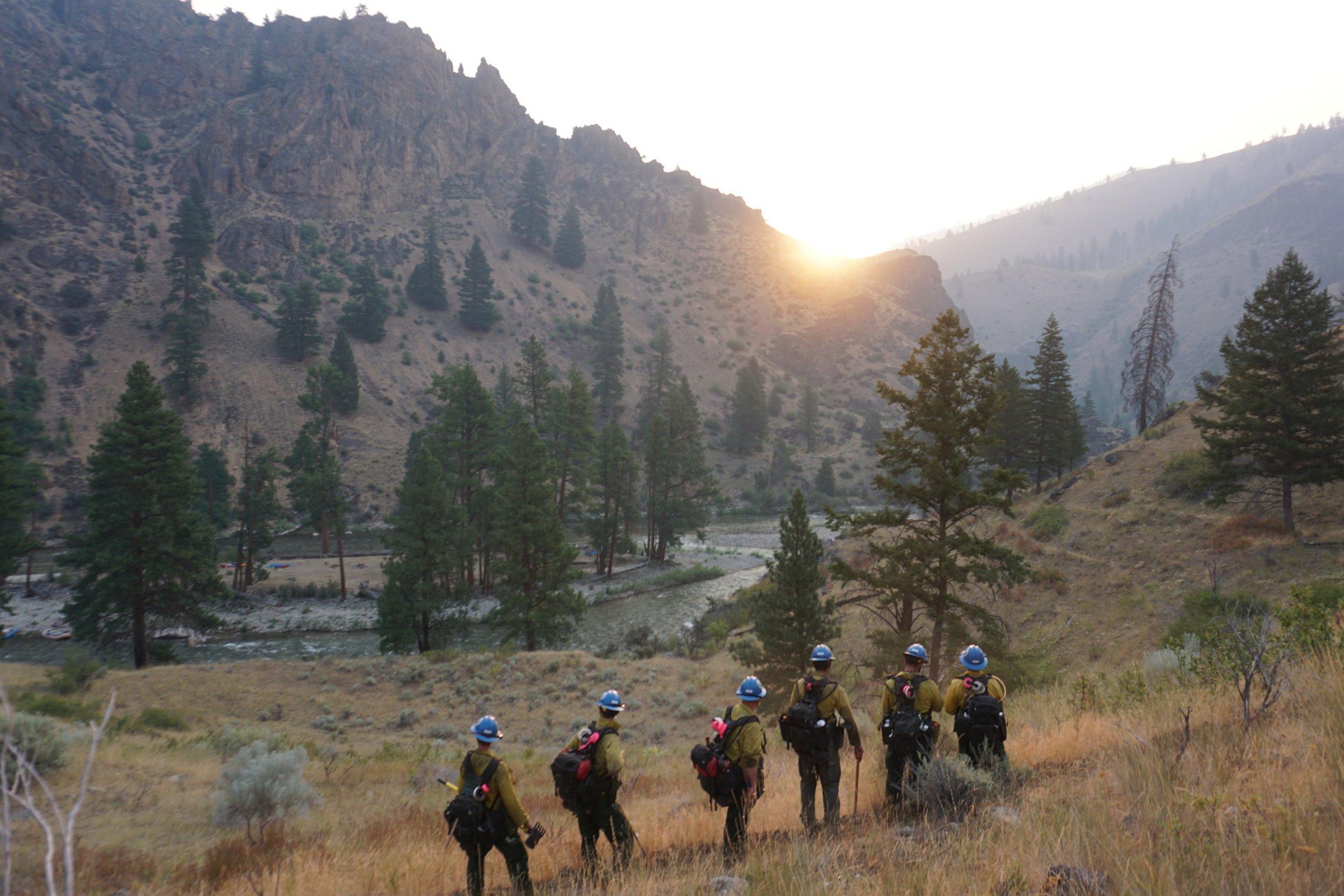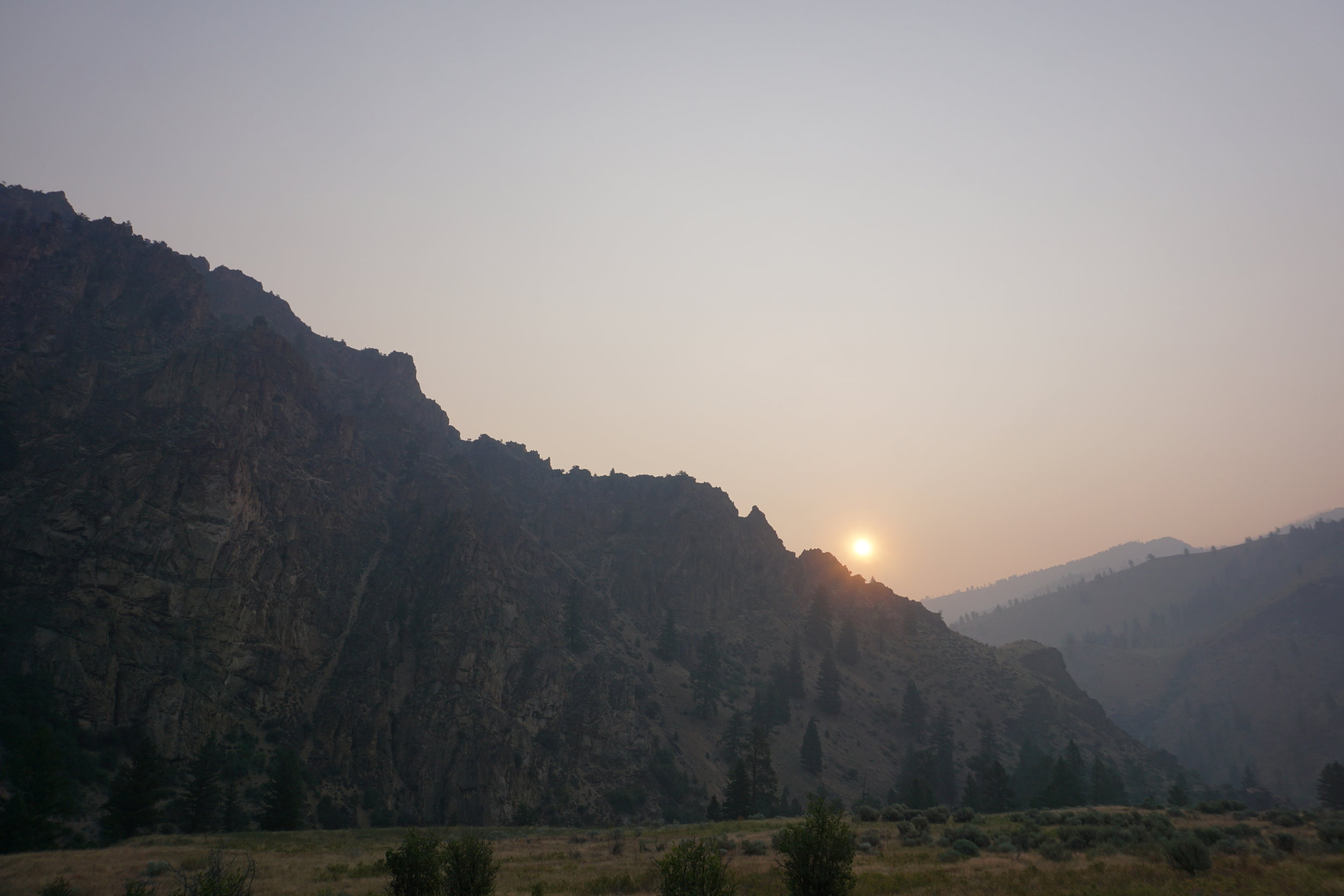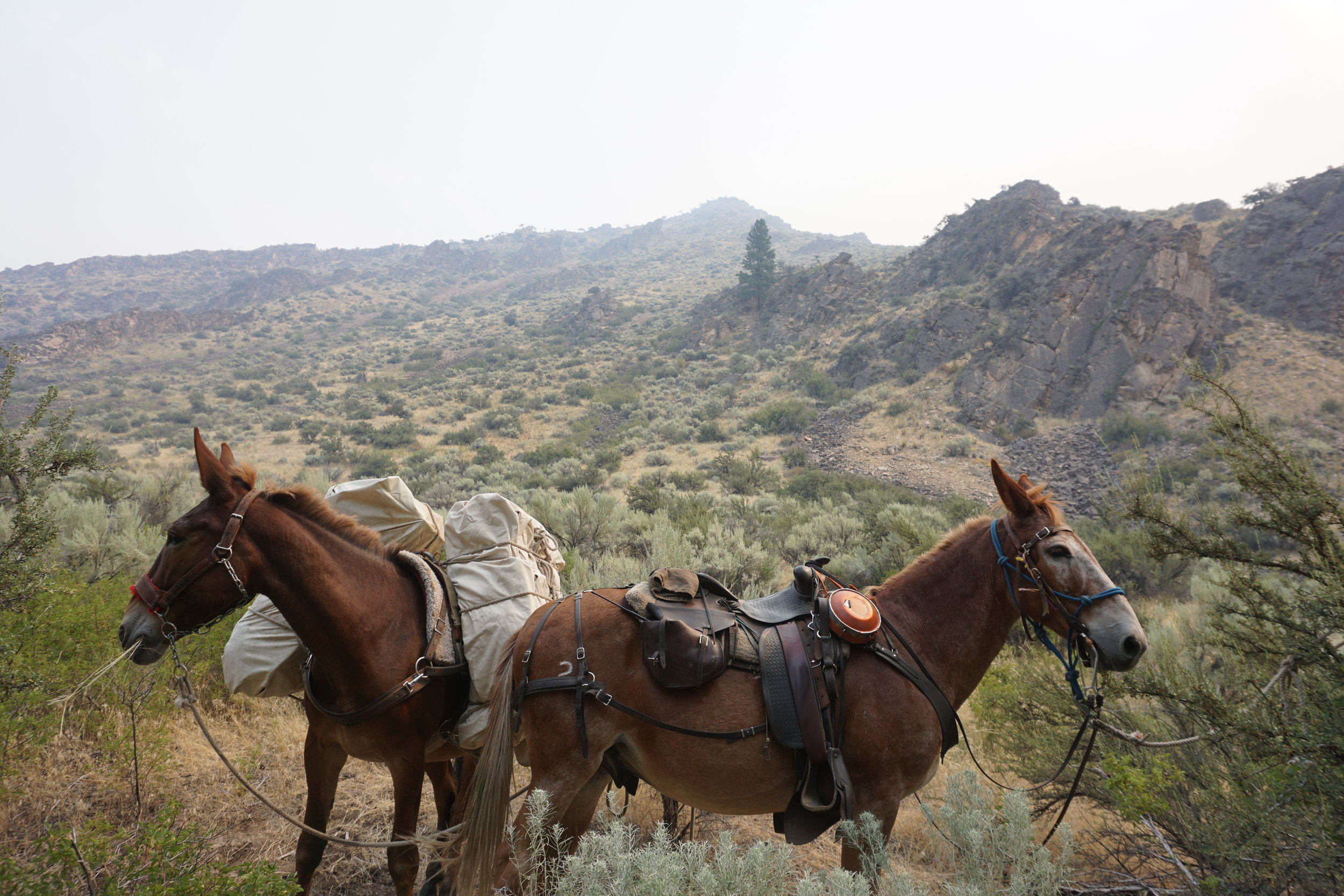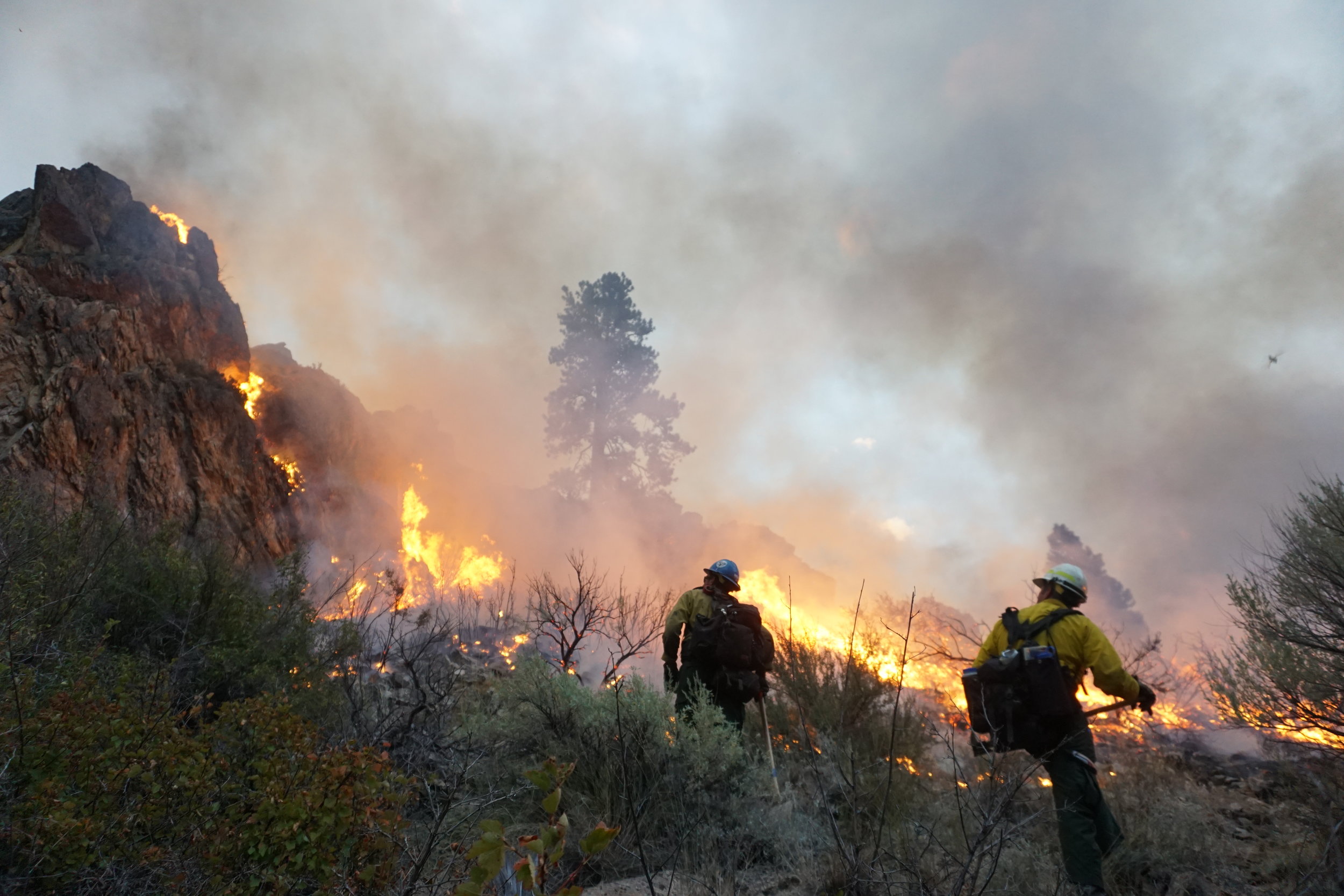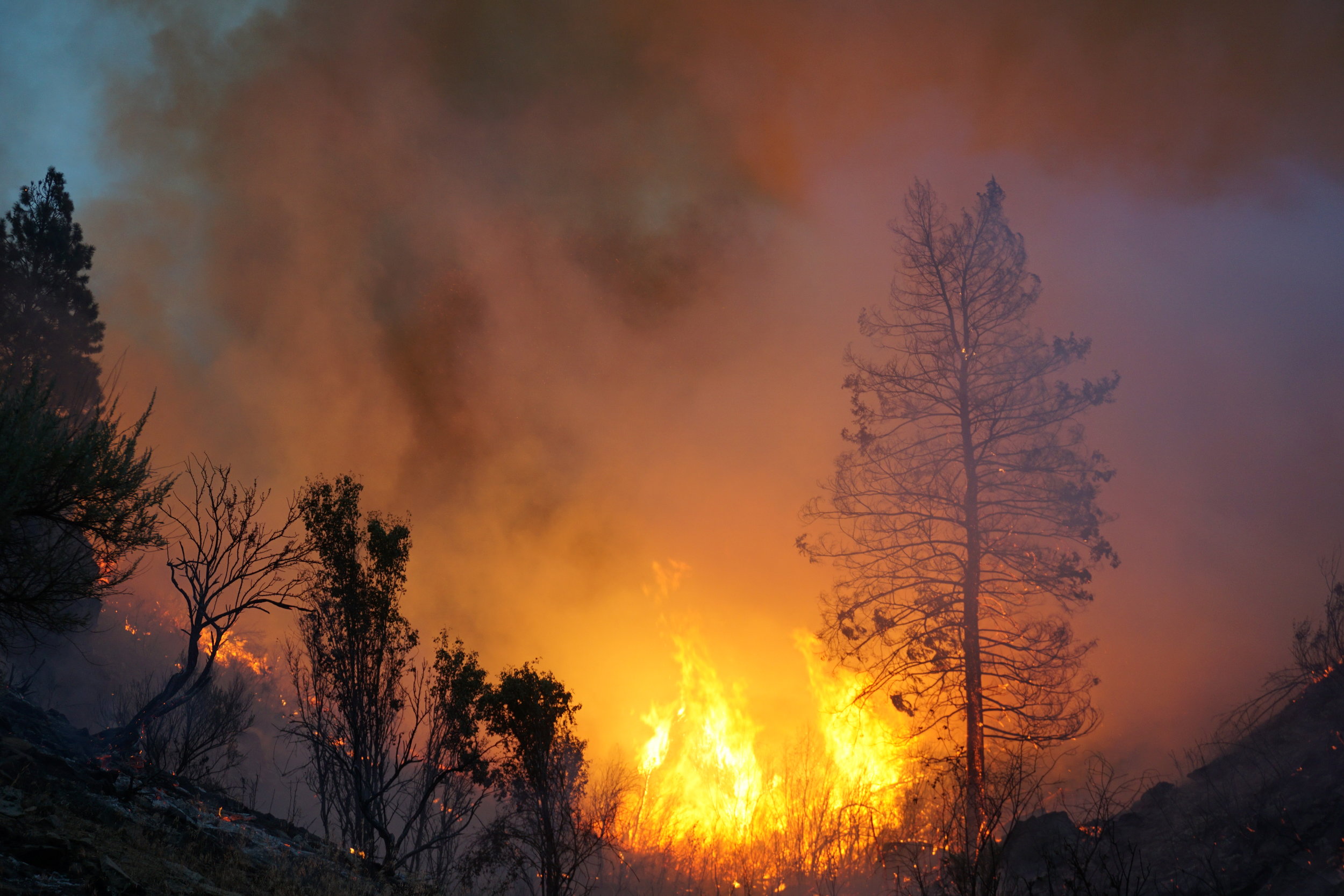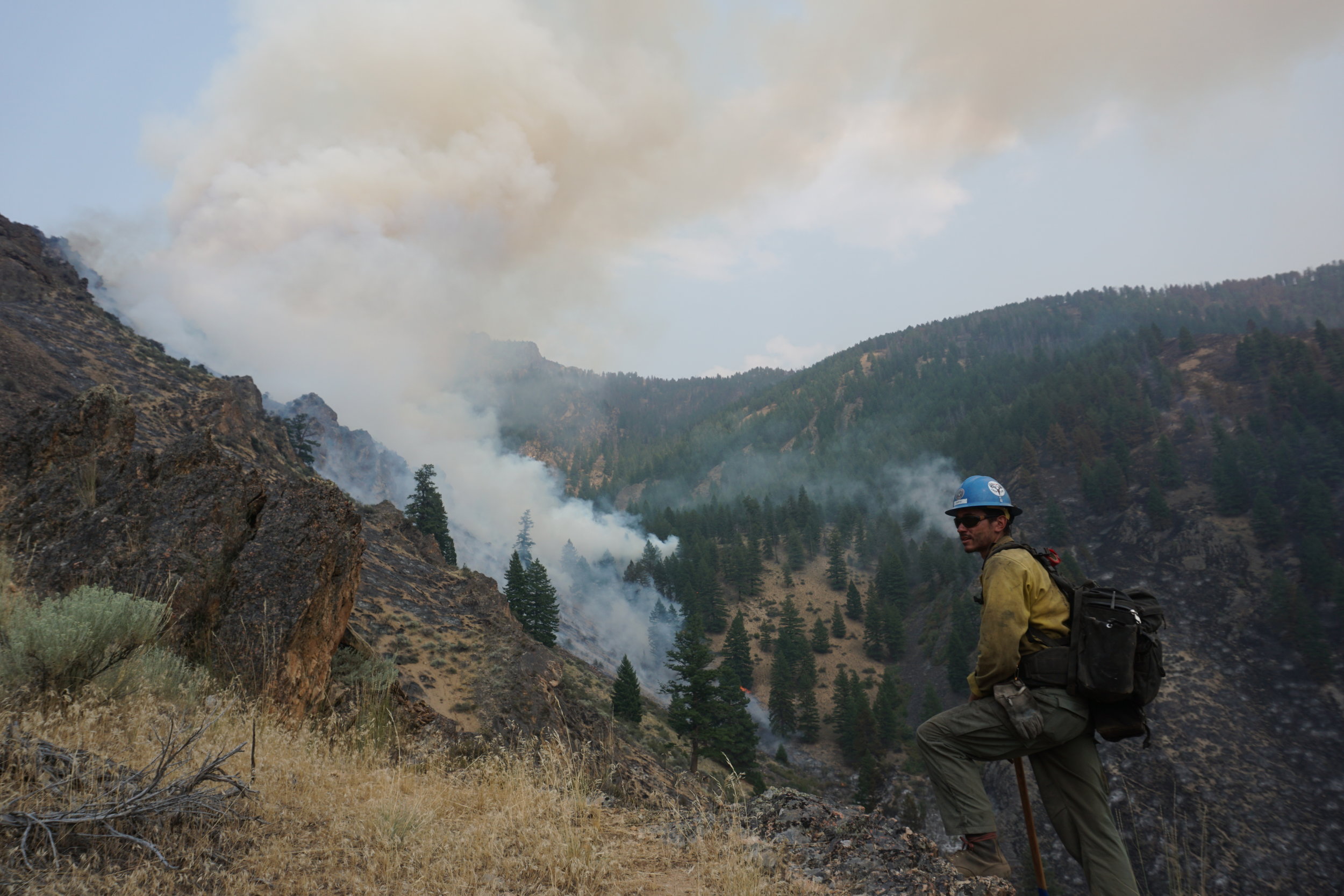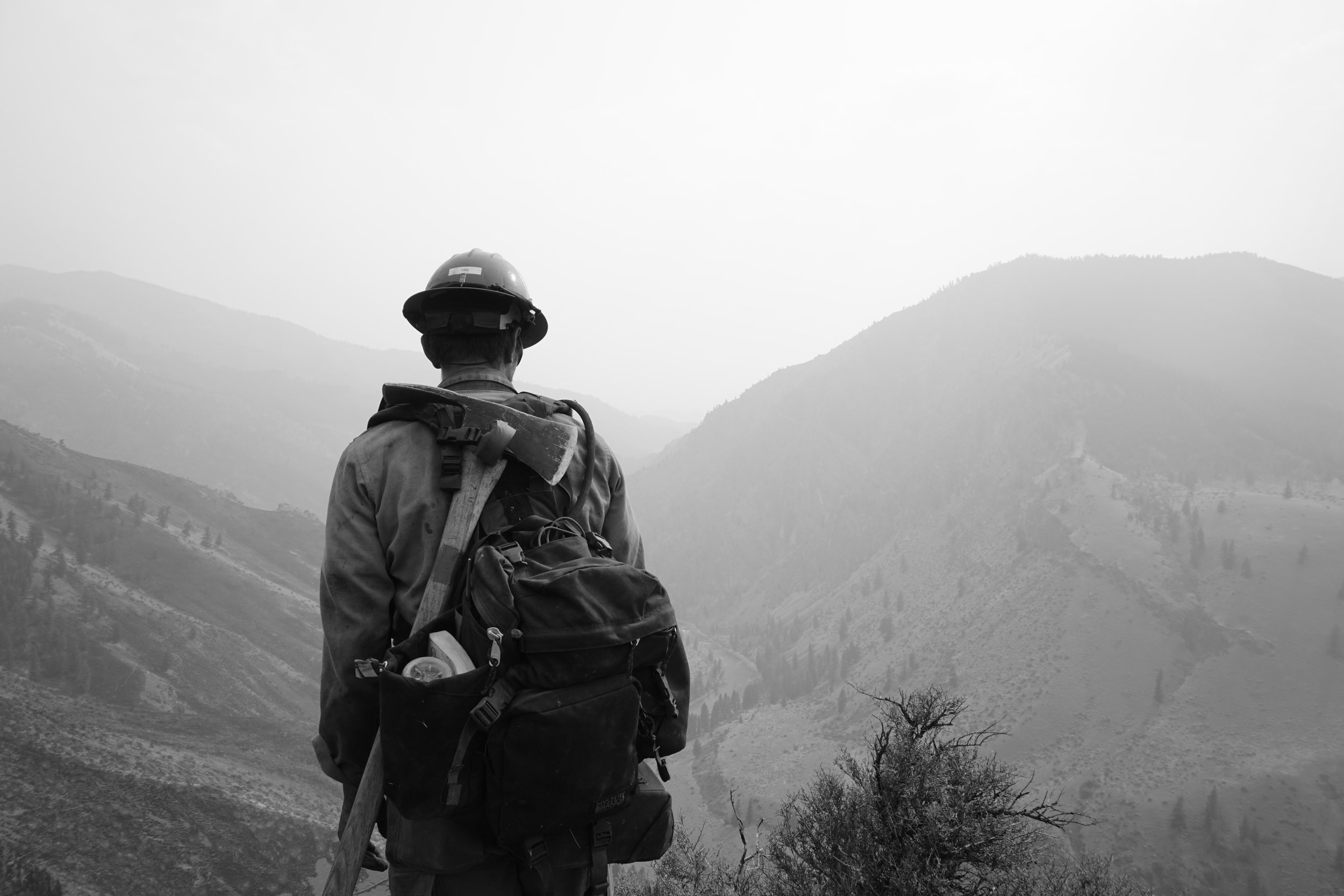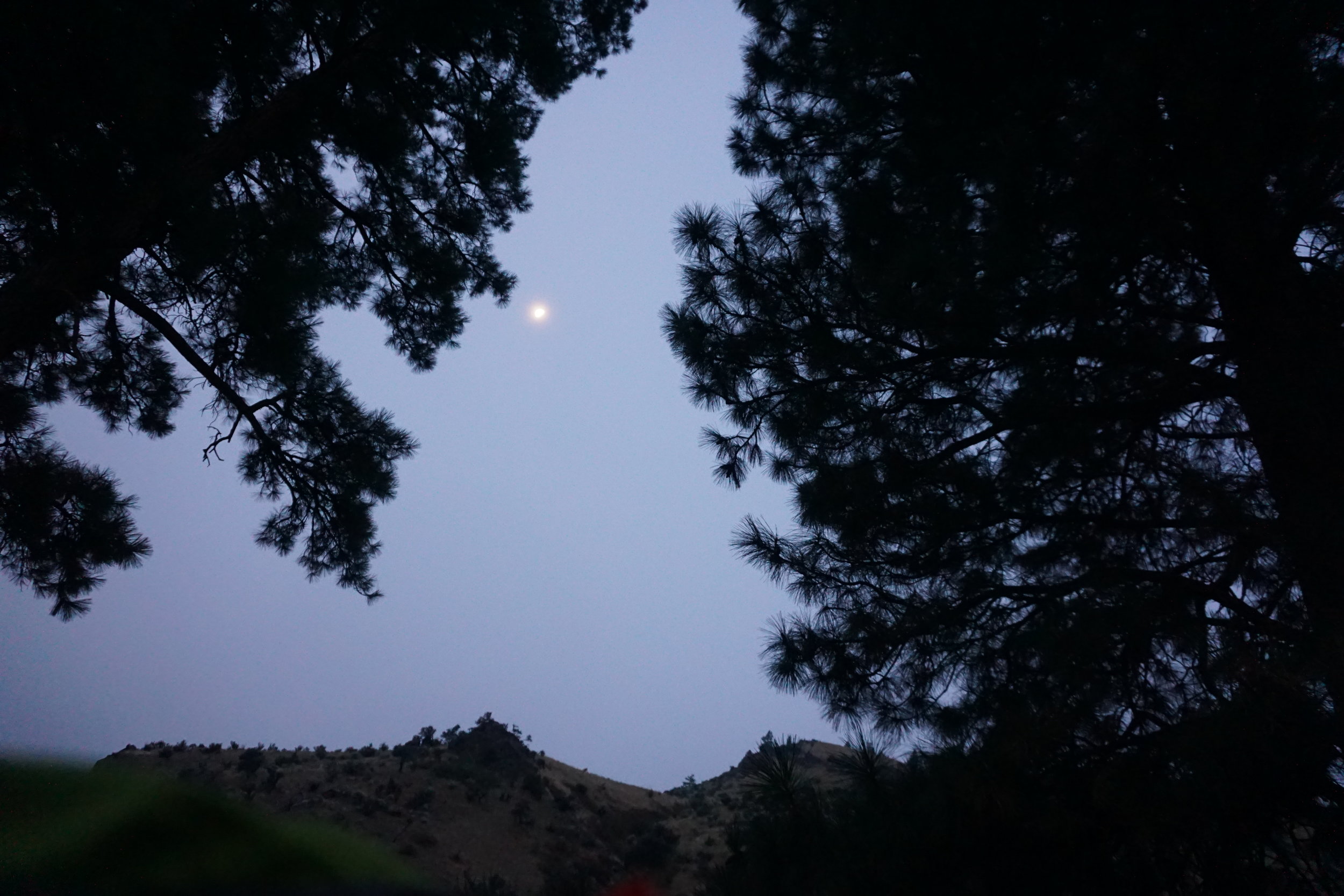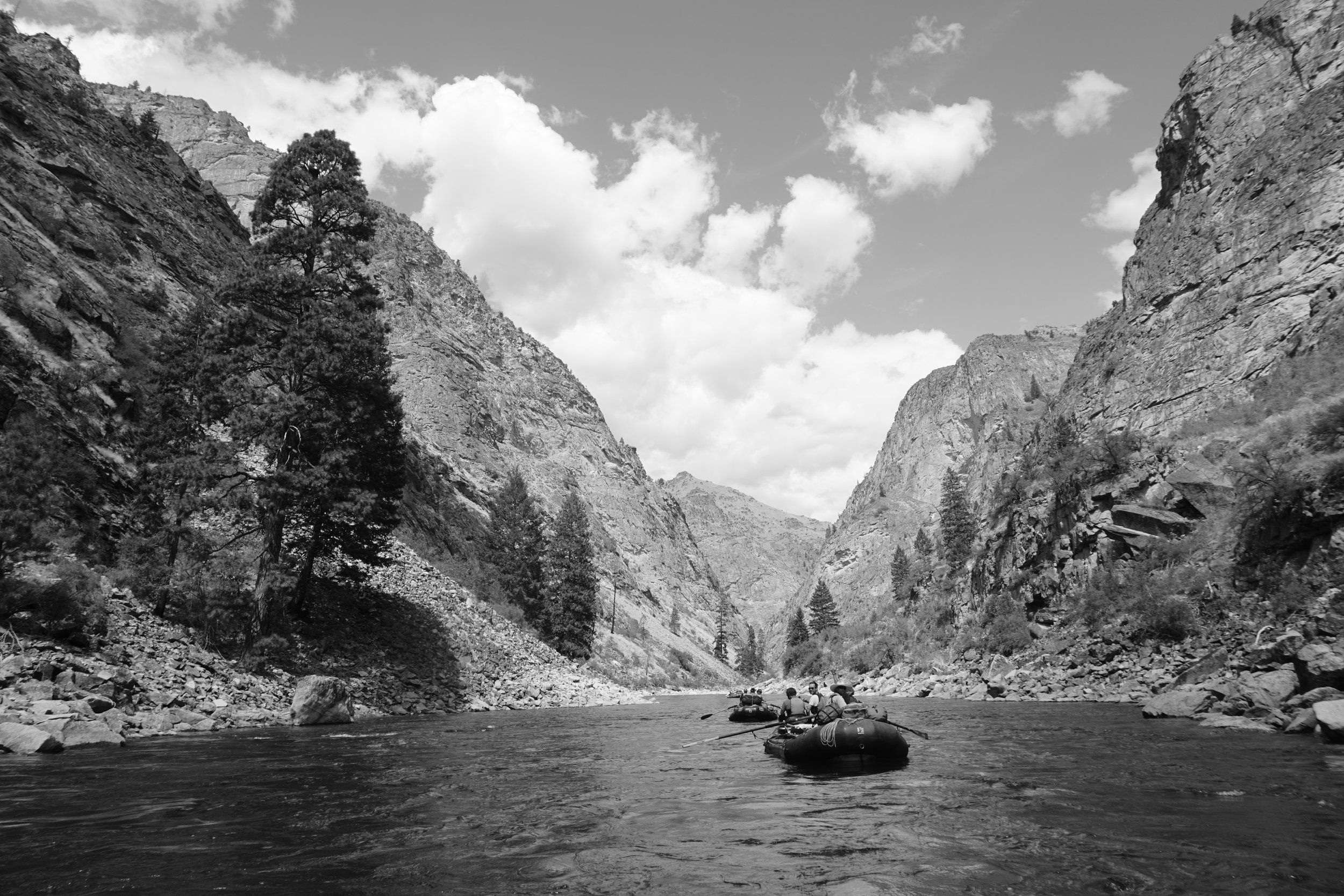My summer has been defined by wilderness. By big, wild, smoky places. By river corridors in the literal heart of Idaho. By sunrises over emerald waters and being lulled to sleep by the sounds of rivers.
I’ve seen smoky sunsets over the Salmon River Mountains. I bathed in and slept next to the Middle Fork of the Salmon for 14 days straight. I sat on its shores and thought of everything and nothing, considering above all else that not many people get to do what we do, and to be endlessly, infinitely thankful for that.
While on the Middle Fork, we hiked trails that less than 1000 people hike every year (we saw only two hikers in our two weeks there). We climbed ridges on game trails, up and up and up on ground that has seen virtually no human foot traffic. It’s not easy to get into this place — either hike 20+ miles, take a $450 one-way flight or invest in a very expensive rafting trip. For that reason, we found sheds and skulls and horseshoes left by pack strings in the 30s, 70s, 90s. We watched fire burn old growth forests, forests that have existed since the Shoshoni tribe inhabited these river breaks, scrawling the importance of this land — elk, bighorn sheep, hunters and deities — in deep red ink on the walls along the river. We slept under 400-year-old ponderosa pines, tall and strong against the trials of time, strengthened over the centuries by fires and beetles and winds and high water.
We were resupplied by packstrings twice over two weeks, the stock hobbling into camp exhausted after 25+ mile days, bearing the weight of food and batteries and toilet paper. We ate government ready-to-eat meals, breakfast, lunch and dinner of such appetizing concoctions as Mexican stew, beef brisket and chicken and noodles, all heated by a plastic sleeve with a chemical cocktail that reacts with water to make heat. We named these our ovens, and regardless of what chemical it contained, we were always thankful for the heat it provided on cold mornings.
From high on ridges we watched fire in all its various moods — we dozed off as it backed through the timber story for hours on end then watched intently as it crossed a drainage and ran up the other side in the blink of an eye, the humidity creeping ever closer to zero, the fire pushing further and further until we needed aerial assistance to stop its progress.
Leave no trace and wilderness ethics have kept this river corridor almost entirely trash, poop, soap scum and food waste free. We were not allowed to use soap in the rivers when we bathed. We were told to pee straight into the river to avoid smelling up the banks. Rock cairns left by rafters or campers were vehemently knocked down. Toothpaste was to be watered down and spit out in a spraying motion, preferably in the sagebrush outside of camp. We were not to introduce anything to the area that wouldn’t have been there naturally.
We watched fire behave just as it would have 100 years ago, 1000 years ago, 10,000 years ago. It backed into the needlecast below stands of mature Doug firs and ponderosa pines. It made staggering uphill runs when the opportunity presented itself, charring the landscape just as it’s always done, just as it will continue to do in spite of us. It often flared up in the heat of the day, usually around 5 p.m., when temperatures were still high and the humidity low. It was predictable in its action but not in its intensity – even on days when temperatures reached the 90s and the humidity was in the single digits, we could see almost no action. The river corridor often acts as a wind tunnel when thermal belts coalesce, and while we’d get wind storms strong enough to bring down large branches, we would often see very little change in fire behavior. One night we watched the fire back down a slope at 10 p.m., staring on from the river like we were at a drive-in movie, the temperatures dipping into the 60s while flame lengths easily rivaled those we’d seen in the so-called “witching hour,” of 2-5 p.m.
It was behaving as it always had, of course, with no regard for human convenience or otherwise, and we had a front-row seat. We sat on ridges and rock outcroppings, trying to predict its behavior and then watching something entirely different unfold before us. We waited as it approached new drainages — with each new drainage it burned into, we got to perform a burnout operation to ensure that the fire continued to go where we wanted it to. We used lighters and torches and flares to light bone-dry grass, sage and mahogany, standing back as they went up in flames, considering that it would be a felony and a sin for anyone else to light dry sagebrush in the heat of the day in the Frank Church Wilderness. Our faces illuminated, we’d watch as our manmade fire reached the real one, combining into flames and heat like we’d never seen. Some say a large fire sounds like a freight train, but when one fire meets another it’s more like a giant vacuum, the sound of two massive bodies of energy converging, fighting for what little fuel remains, becoming one and ultimately dying. It takes only minutes for this encounter to occur, and then you hear only the river once again — it’s a sound and a spectacle you wait all summer to experience, and when it happens it lasts all of five minutes.
To watch a wildfire is to see an act as old as time. It’s as close as we’ll ever get to nature as it was before us — we do what we do to manage it, but it burns just the same.
But I won’t lie to you — we don’t get action like this all summer as firefighters. We live for these moments, moments of pure awe, moments you can only be present and thankful for. Sitting along one of the wildest rivers in the country, performing burnouts there, falling asleep to the hum of the river below me and the glow of the fire above me — these are but brief moments in a summer that is equal parts hurrying up and waiting and then doing the work we’ve been waiting all year for. We do the project work, we take the classes, we sit in the trucks listening to podcasts, we perform any number of seemingly vain tasks, and then we watch as the world burns in front of us, as 60, 80, 200 foot walls of flame overtake entire forests, and it’s fascinating and frightening and it makes us want more. I’d spend months in a classroom or sitting in an office filling out paperwork for just one look at a wildfire burning as it would even if we weren’t watching. Dancing with itself as if we weren’t even there, a year of work for a few minutes of absolute awe.

